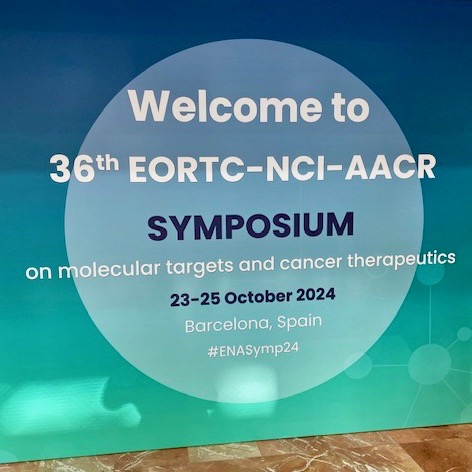T Cell Engager Comeback: Why solid tumors may finally yield
While most eyes at ASCO will be on the marquee phase 3 ADC readouts, a quieter revolution may be unfolding in the T cell engager space.

Created by Wall-E from a Blue Ice Publishing prmpt
After years of struggling to replicate hematologic successes in solid tumours – and several high-profile failures that nearly killed the field – a new generation of engineered bispecifics is finally showing signs of life.
The question is whether these sophisticated molecular machines can overcome the fundamental challenges, which have made solid tumour bispecifics such a graveyard for promising compounds.
In this latest review we take a look at some early-stage agents, some of which are looking quite encouraging while others might struggle with headwinds…
To continue reading our latest highlights on oncology new product development including commentary and analysis BSB subscribers can log-in or you can click to access the content.
This content is restricted to subscribers








 With the rapidly evolving KRAS niche from seemingly intractable therapeutically to a vast array of different MOAs now appearing in company pipelines, you could well be forgiven for thinking of Perry Como singing ‘it’s beginning to look a lot like Christmas.’
With the rapidly evolving KRAS niche from seemingly intractable therapeutically to a vast array of different MOAs now appearing in company pipelines, you could well be forgiven for thinking of Perry Como singing ‘it’s beginning to look a lot like Christmas.’